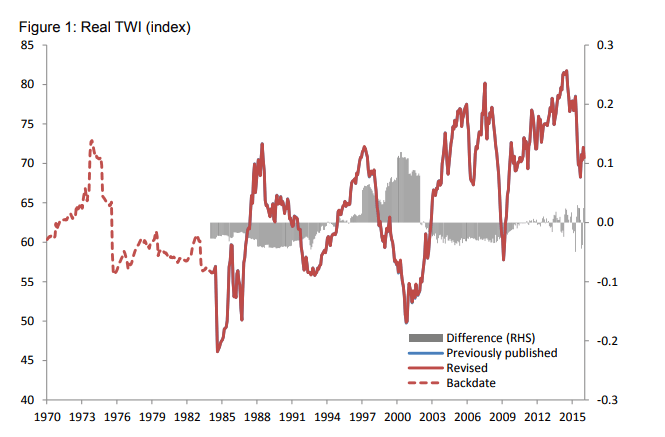
Now that the New Year is here, you have an opportunity for a clean start on your crypto trading activity. Here are a few tips to keep in mind for 2019 that will help make your life much easier come tax time next year.
Tip #1: Limit the number of exchanges used for trading
At last count, there are over 200 exchanges that support active crypto trading , and I routinely encounter clients with trades on a dozen or more crypto exchanges. While sometimes certain crypto pairs are only available on obscure exchanges, most traders can consolidate their trading activity to just one or two exchanges. Doing so will make it much simpler to keep track of your trades and produce your transaction reports come tax time.
Tip #2: Beware of margin trading
A number of crypto exchanges allow traders to use margin in order to leverage their positions. The risks of margin trading are well documented and it’s possible for traders to have their holdings completely wiped out in an instant by crypto’s legendary volatility. Investment risk aside, margin trading also makes your taxes orders of magnitude more complex. The problem is that crypto exchanges do a terrible job of reporting margin trades to account holders. Instead of providing a separate report for margin trades and clearly identifying the open and closing trades for the position, exchanges instead simply report margin trades in the same way as all other non-margin trades. This makes it practically impossible to calculate gain or loss accurately with the currently available tax software and results in wildly inaccurate calculations.
So, be very deliberate when it comes to margin trading. I generally recommend clients establish a separate account for their margin trading activity if possible and avoid commingling their crypto trades inside of margin enabled accounts.
If you do margin trade, keep a manual log of your profit loss on each position. Even better, take the time to jot down your open position and closing position as well. This log can be enormously helpful when it comes time to calculate your trading gains and losses.
Tip #4: Remember every single exchange is a taxable event
One of the changes to the tax code in 2018 included the elimination of like kind exchanges for non-real estate transactions, including cryptocurrency. This means that traders can no longer take the position that their crypto-to-crypto trades are nontaxable under Section 1031. Instead, every single trade is a taxable event there’s no way around giving Uncle Sam his cut of each profitable trade. So, make sure you’re very careful about making crypto trades and understand that you might be triggering taxable income.
Tip #5: Beware of FIFO
First in, First out (“FIFO”) is a method for tracking the cost basis of crypto assets that have been bought or sold at different times and at different prices. FIFO is necessary because it’s not possible to specifically trace which crypto asset was transferred out in a sale. As the name implies, FiFO requires you to assume that the first coin deposited into your wallet is the first one transferred out. This has the unfortunate consequence of triggering large capital gains, as your oldest crypto assets (the ones sold first under this system) were probably the cheapest and therefore had the lowest cost basis.
Alternative methods, such as Last in First our (LIFO) or specific identification don’t currently have a direct approval from the IRS, so their use is risky. As a result, traders should be aware that their taxable capital gains under FIFO might differ significantly from their expectations at the end of the year.
One way to avoid or at least mitigate the effects of FIFO is to keep separate wallets. Set up a cold storage wallet for the crypto you plan to hold long-term and a “trading wallet” for crypto you plan to trade as the market price changes. Limit how often you move crypto between these wallets. Using separate wallets in this manner will not only help keep your records clean and easier to reconcile, but it will also help you avoid inadvertently selling your long-term crypto with the lowest cost basis.
Tip #6: Consider avoiding foreign exchanges
Many crypto exchanges operate overseas due to less stringent regulations in many foreign jurisdictions. Some examples of foreign crypto exchanges include Binance, Bitfinex, and Huobi Pro, but there are many more. These exchanges are often preferred by US traders due to lax AML compliance and can be accessed via a VPN connection. From a tax perspective, the problem with these foreign exchanges the possibility that they are subject to foreign account reporting requirements under the BSA and FATCA. If so, US taxpayers who don’t report their foreign crypto accounts on the FBAR and Form 8938 might be subject to civil fines and possibly even criminal prosecution. Unfortunately, cryptocurrency is still in a gray area for these two reporting obligations and the IRS has not provided any definitive guidance one way or the other. The most cautious approach is to report offshore exchange accounts if their value exceeds the minimum requirements, but this dilemma can be avoided altogether by using domestic exchanges like Coinbase, Poloniex, Gemini, and Kraken. Because these exchanges are located within the United States, there is no need to report them as foreign accounts on the FBAR or Form 8938.
For many cryptocurrency investors, getting ready to file taxes is nothing short of a nightmare. It’s not unusual to hear from crypto investors who have to spend a hundred hours or more tracking down records of their crypto trades, mining pool payouts, and miscellaneous transactions. Many also ended up unexpectedly owing thousands of dollars in tax, which forced them to sell coins at depressed prices in order to pay it.
[“source-“forbes”]























































